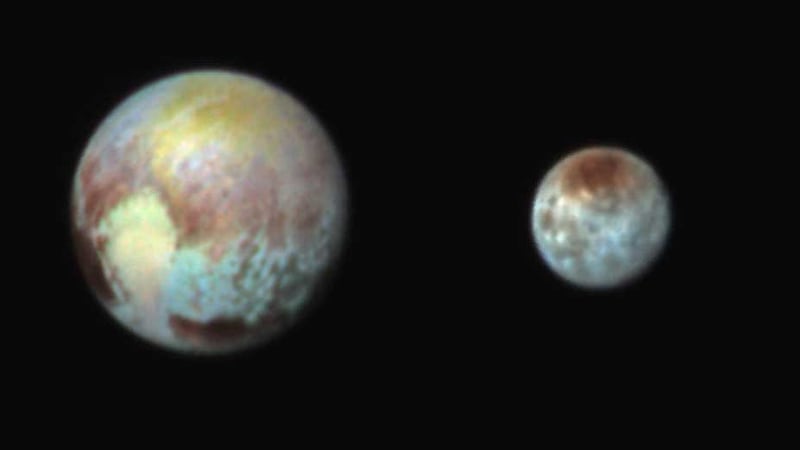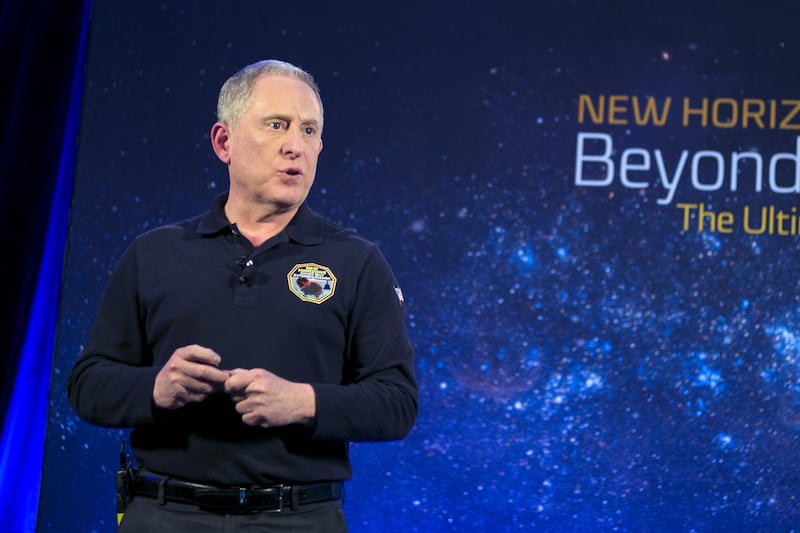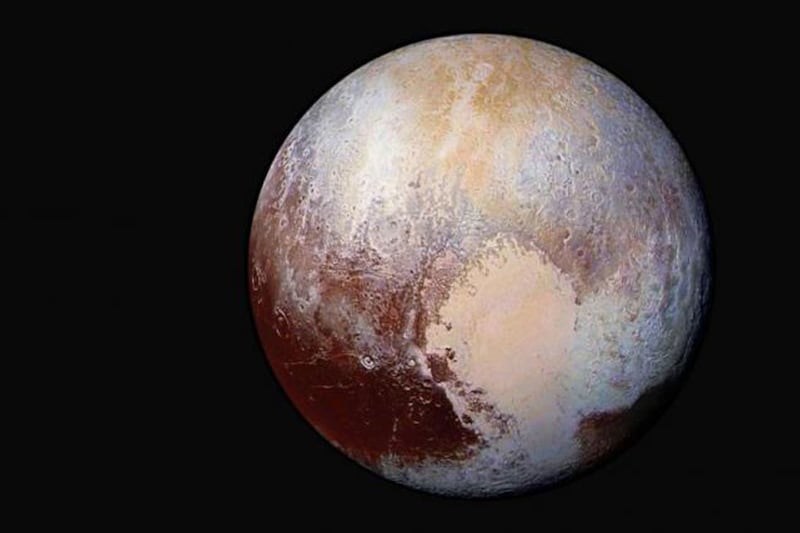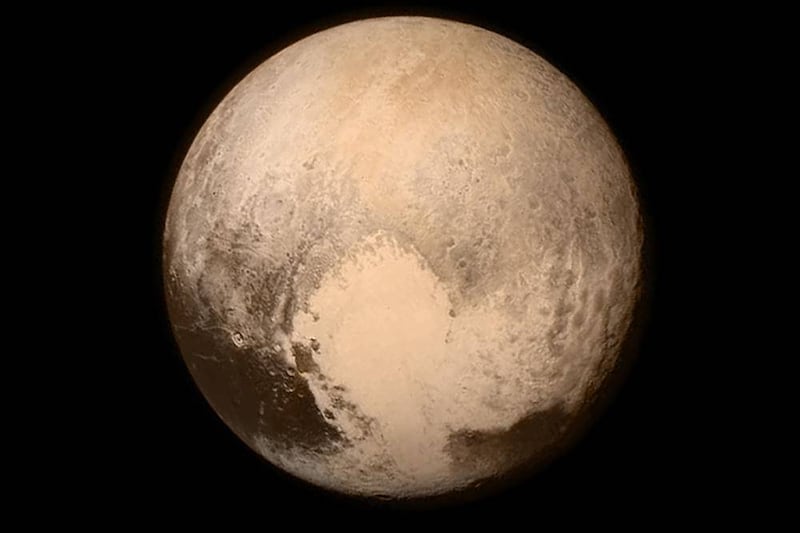NASA's New Horizons spacecraft has sent a confirmation of successful passage after it's historic Pluto flyby.
The probe's signal was received around 2am (GMT) Wednesday. There was a four hour and 25 minute delay from the time New Horizons sent the signal and when it was received as it travelled across 4.7 billion km back to Earth.
Launched on January 19, 2006 New Horizons passed closest to the planet at 12:50pm (GMT) on Tuesday, and fell out of communication for 13 hours as it collected data.
The 9 year journey to the Kuiper Belt, a massive cluster of rock and ice formations that surround our solar system, had the spacecraft passing closer to Pluto than anything man-made ever before at 12'500 km (7'800 miles) from the surface at 49'600 km/h (30'800 mph).
The latest data from the spacecraft have revealed it to be composed of a variety of materials, and is larger than estimated with a diameter of 2370 km.
It will take about 16 months to acquire the total data stored aboard the spacecraft, but scientists and enthusiasts are very excited with the initial images being transmitted back to Earth.
The flyby also historically marks the visiting of all the planets in our solar system.
New Horizons has travelled a total of 31.91 Astronomical Units (AU) from Earth, which is roughly 5 billion km (3 billion miles).
Pluto just had its first visitor! Thanks @NASA - it's a great day for discovery and American leadership. pic.twitter.com/FfztBSMbK0
— President Obama (@POTUS) July 15, 2015After passing Pluto, the spacecraft is due to travel further into the Kuiper Belt and continue a mission of exploration, with scientists hoping to discover more about the areas beyond our known planets and possibly the origins of our solar system.
Voyager 1 and 2 are the only other man-made objects to rival the distance travelled by New Horizons, both their purposes being to study the outer solar system and enter interstellar space on different trajectories.








